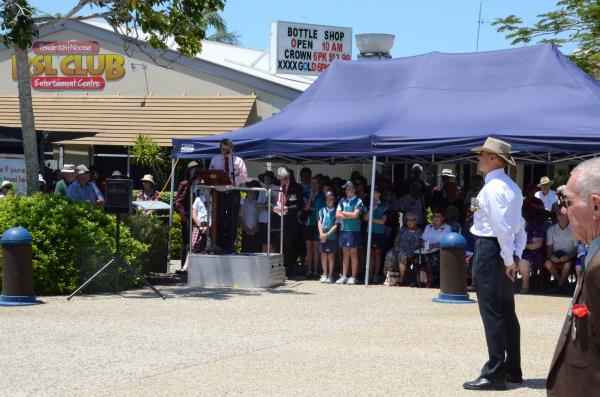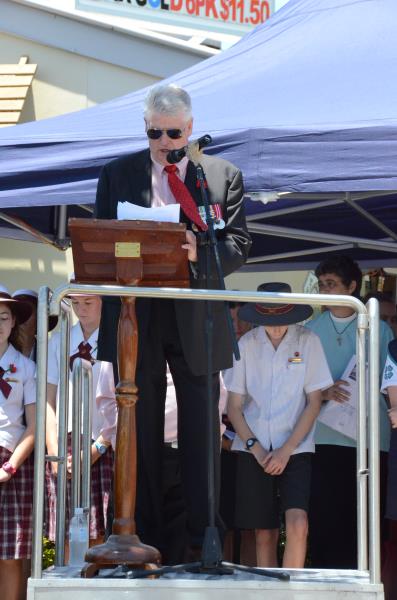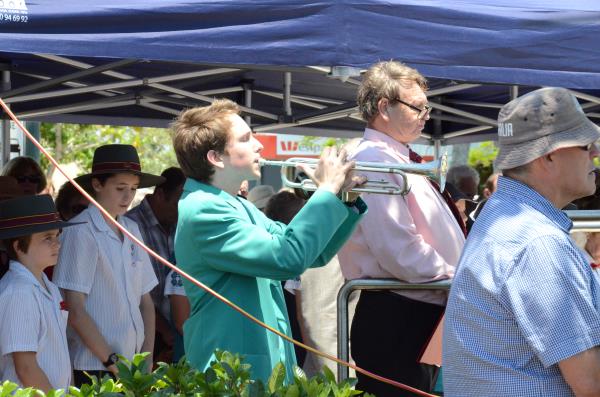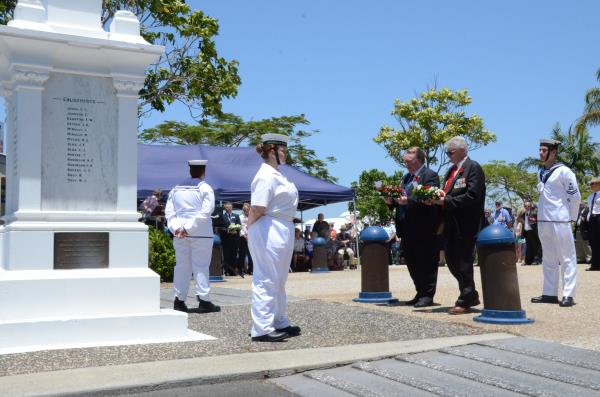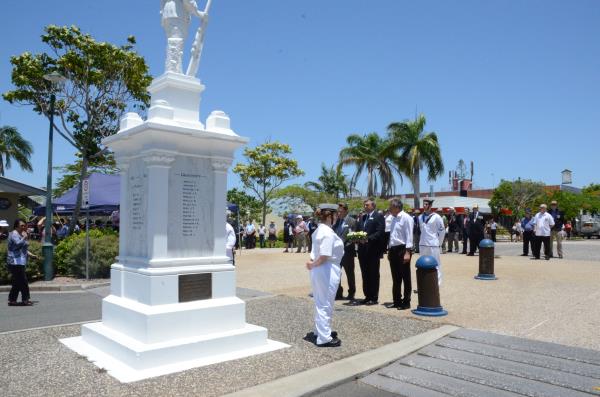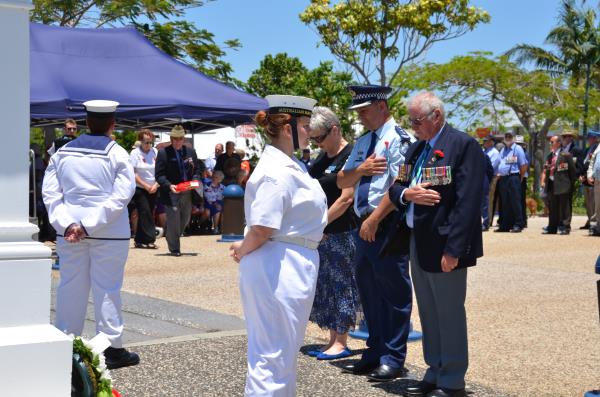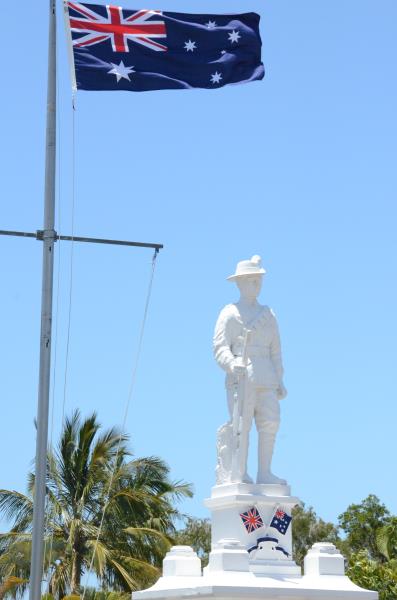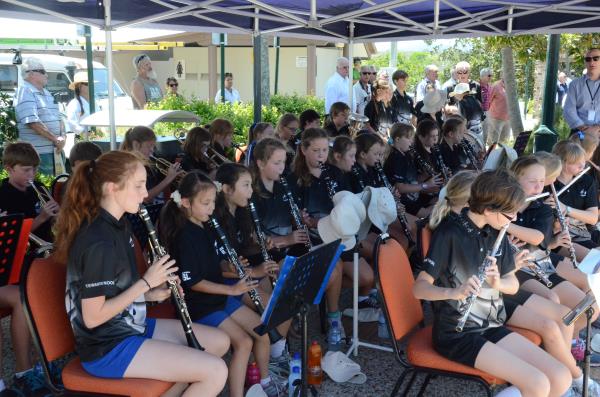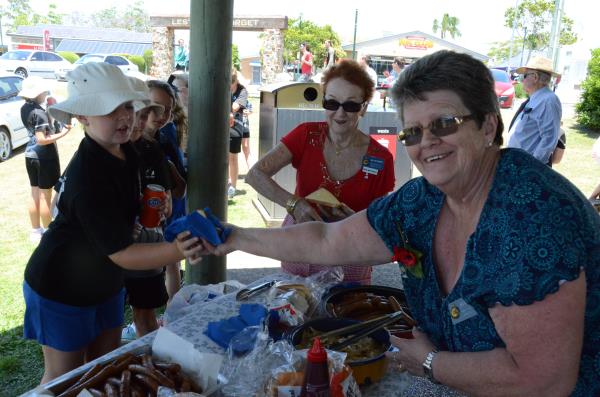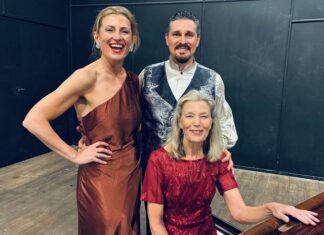By JONATHON HOWARD
A TRIBUTE to the service men and women who lost their lives during World War I and all conflicts since, took place at the Tewantin cenotaph for Remembrance Day on Tuesday 11 November.
More than 100 residents, students, dignitaries, ex-service men and women gathered around the cenotaph, as the Australian flag flew at half mast.
It was at 11am on 11 November 1918, when the guns of the Western Front fell silent after more than four years of brutal and unrelenting warfare.
The allied armies had driven the German invaders back, having inflicted heavy defeats upon them over the preceding four months.
By November, the Germans called for an armistice (suspension of fighting) in order to secure a peace settlement and they accepted the Allied terms of unconditional surrender.
The moment when hostilities ceased, the Western Front became universally associated with the remembrance of those who had died during the war.
From that day the 11th hour of the 11th day of the 11th month attained a special significance in the post-war years and that significance remains today.
The remembrance ceremony started with a march from the members of the Returned and Services League of Australia (QLD Branch) and members of the Tewantin Noosa RSL Sub-branch.
Sub-branch secretary Brett McDonald was the master of ceremonies and invited president Steve Drake to welcome those paying tribute.
A prayer and reading was delivered by Reverend Leonie Gaffel and this year’s guest speaker was Lynne McClelland, who recently completed the Kokoda Trail through the Owen Stanley Range in Papua New Guinea. Rob Wareing delivered the Ode before student Kyle Jefferey performed The Last Post on trumpet, as residents bowed their heads for a minute’s silence.
This first modern world conflict had brought about the mobilisation of over 70 million people and left between nine and 13 million dead, perhaps as many as one-third of them with no known grave.

